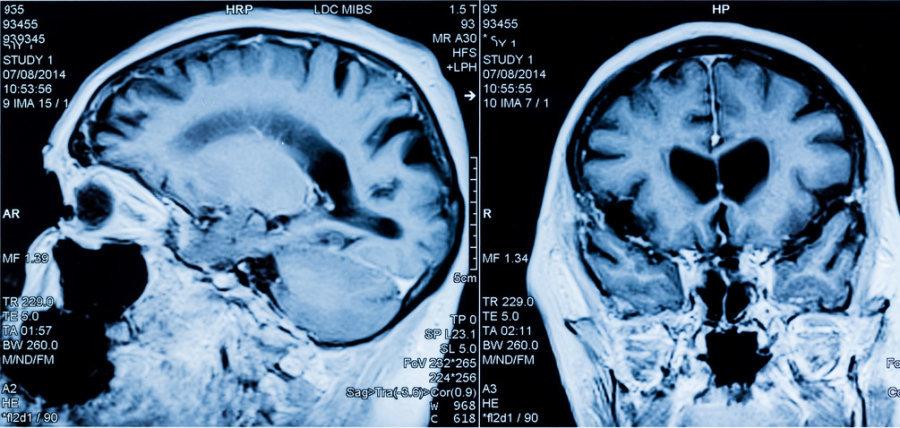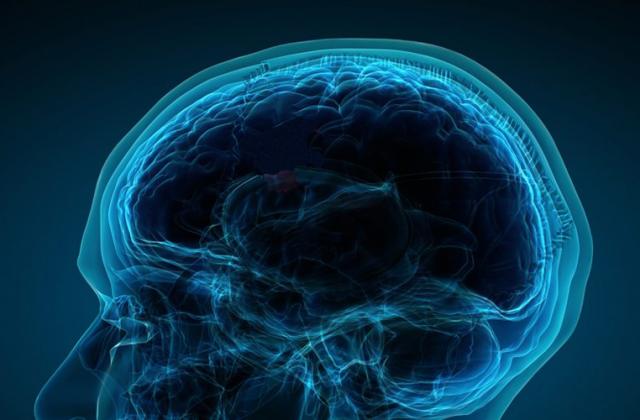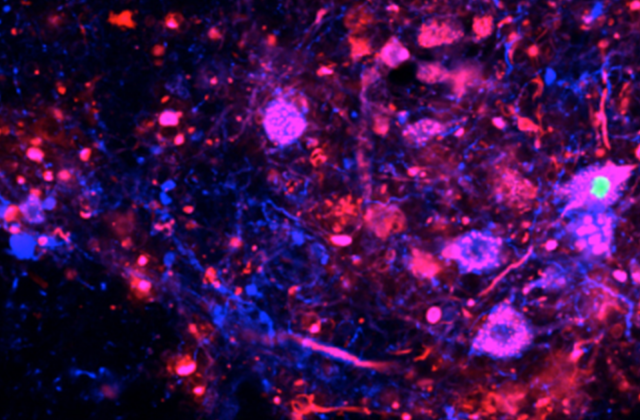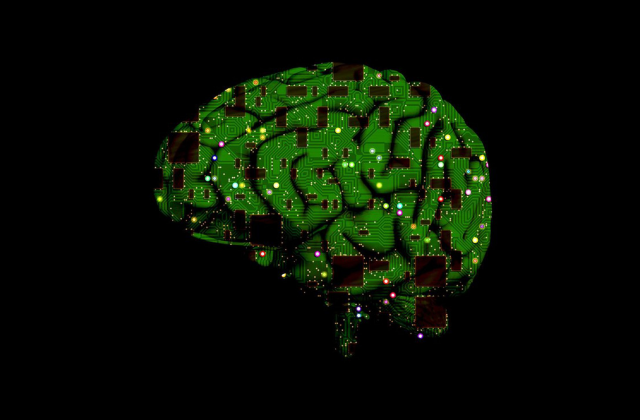Will brain imaging help us develop new treatments for anorexia?

Anorexia has the highest mortality rate of any mental illness, but the biological mechanisms that underpin this illness are little understood. Two Columbia researchers have discovered differences in the brains of anorexia patients that help explain how the brain dictates food choices and restricts eating.
"For most people, we choose food based on how tasty it is. But patients with anorexia nervosa restrict what they eat," said Joanna Steinglass, associate professor of clinical psychiatry. "This illness has a biological basis. Studying food choice is a really nice pathway to find the brain mechanisms of restrictive eating."
Steinglass and psychology professor Daphna Shohamy, a principal investigator at the Zuckerman Mind Brain Behavior Institute, tracked brain activity in anorexic patients in a recent study. Using fMRI scanning, Steinglass and Shohamy measured activity in the striatum, an area of the brain involved in decision-making. As anorexia patients and women in a control group made food choices, the dorsal striatum of the anorexia patients lit up, in contrast with the control group.
The patterns of activation resembled those in people suffering from substance abuse, suggesting that for anorexia patients, the striatum creates a neural routine of rewarding restrictive eating. This routine triggers automatic behavior, making it much harder to make conscious food choices. Interrupting this routine may be key to finding new treatments for anorexia. Learn more.
Make Your Commitment Today



